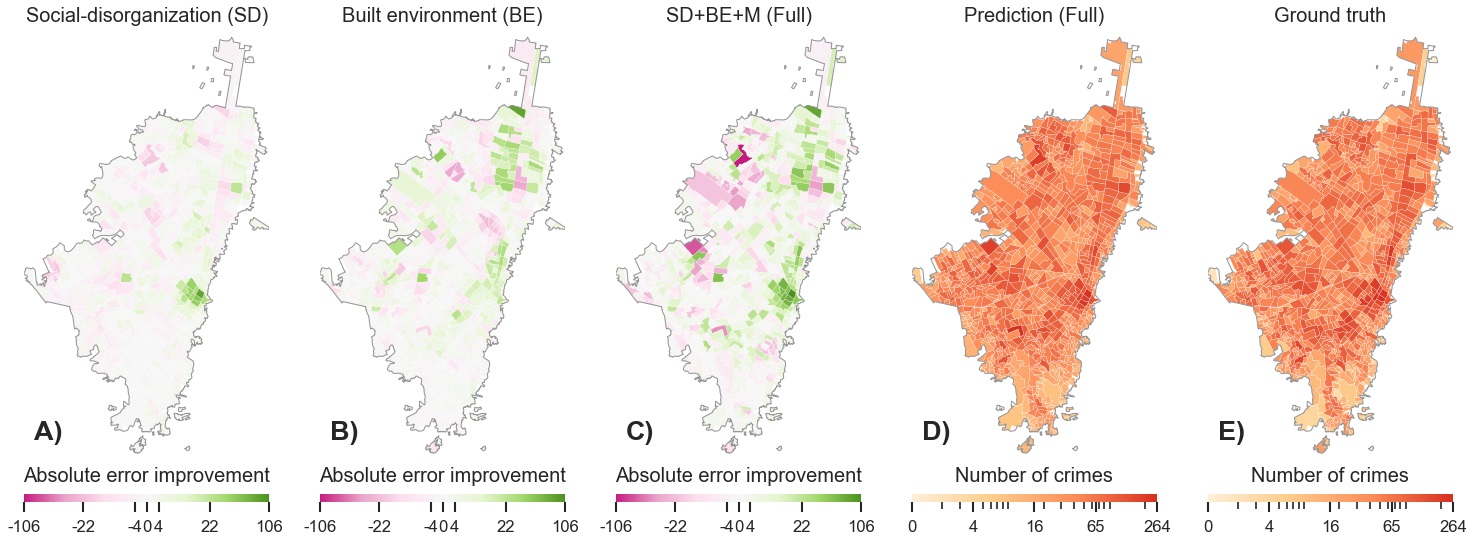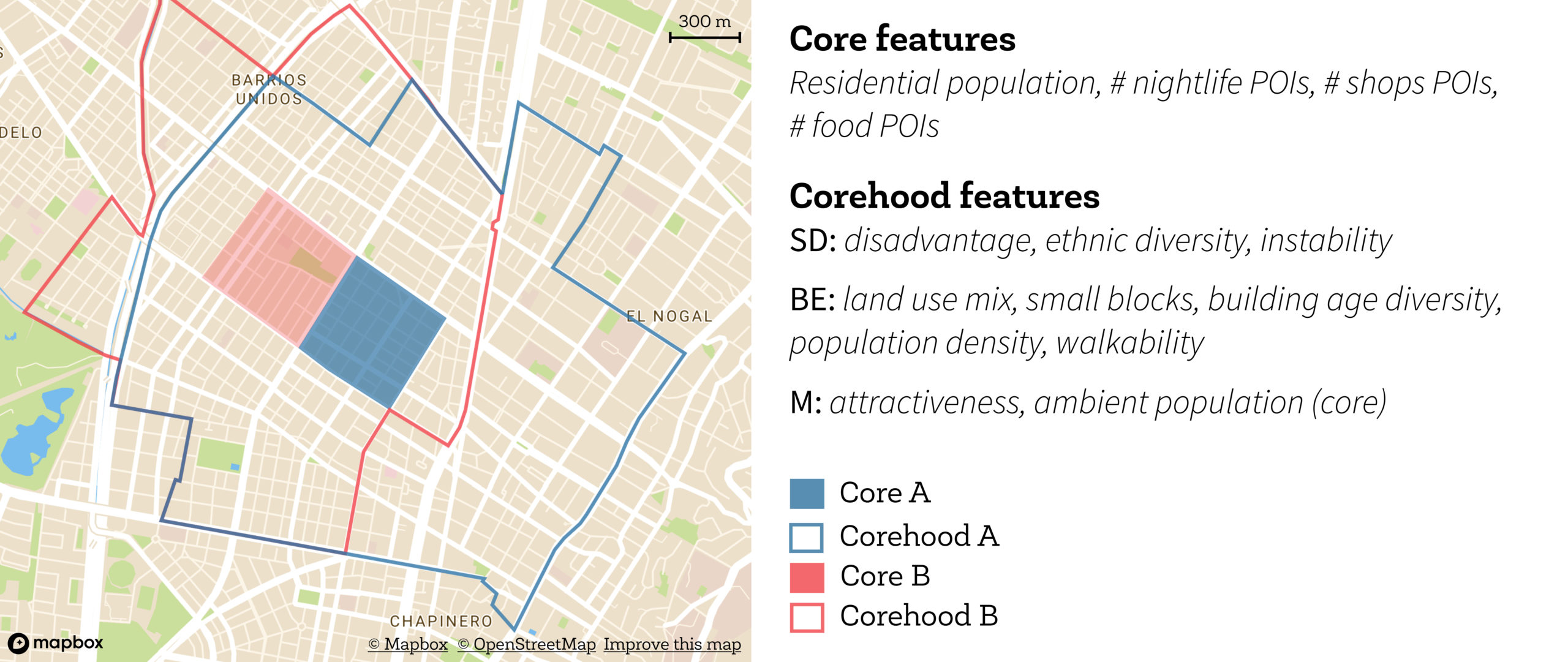Crime in large cities: the new study coordinated by FBK published in “NATURE SCIENTIFIC REPORTS”

The work led by researchers Marco De Nadai and Bruno Lepri with FBK's Mobile and Social Computing Lab explores the correlation between crime, socio-economic conditions, environmental aspects and mobility in 4 megacities. Findings show how the variability of the dynamics and the history of each city make it very difficult to suggest universal recommendations to reduce crime
23% of the world population lives in megacities today. In these huge cities, criminal activity is much more intense and violent than in smaller ones or in rural areas. Understanding which factors influence urban crime is therefore an urgent need.
Influential past studies have analyzed crime rates through historical data or through ecological factors that can influence crime. For example, certain places such as bars can attract crime, but at the same time they can be part of a virtuous mechanism that decreases the isolation of the area and, therefore, crime itself. New AI-based machine learning methods have also recently provided accurate predictions of crime over time. However, the majority of existing studies focus on a single city at a time, often New York or Chicago, and only consider a limited number of factors, such as socio-economic characteristics, while ignoring others, such as people mobility. Therefore, our understanding of the factors influencing crime in cultures and cities is very limited.
In the new study conducted by Fondazione Bruno Kessler in cooperation with some researchers of the University of Berkeley and Data-pop Alliance, published by the prestigious journal Nature Scientific Reports, an innovative model is proposed to explore how violent and non-violent crimes are related not only to socio-economic factors, but also to environmental features related to urbanization (e-g. land use) and the mobility of people between neighborhoods.
To this end, FBK researchers integrated multiple open data sources with cell phone traces to understand how different factors are related to crime, and comparing them in different cities, namely Boston, Bogotá, Los Angeles and Chicago.
“This new approach has shown how the combined use of socio-economic conditions, information on mobility and physical characteristics of the neighborhood effectively explains the emergence of crime and improves the performance of traditional approaches – Marco De Nadai, first author of the study, said – However, it also proved that the neiborhood’s socio-ecological factors refer to crime very differently from one city to another and that therefore there is not (yet) in fact a model suitable for every city as well as replicable”.
Links
- Articolo completo su Nature Scientific Reports:
Socio-economic, built environment, and mobility conditions associated with crime: a study of multiple cities - MOBILE AND SOCIAL COMPUTING LAB (MobS Lab)
https://ict.fbk.eu/units/mobs/
Author bios
Marco De Nadai
Researcher at FBK and expert in the analysis of human behavior in urban areas through the analysis of multimodal data such as the smartphone traces and urban images. He has published several works in Computer Vision, Data Mining and Computational Social Science, and was awarded the FBK best PhD student award. He has a PhD in computer science from the University of Trento and has collaborated with numerous international partners such as MIT, Media Lab, Nokia Bell Labs, Vodafone Group and Data-pop Alliance.
Bruno Lepri
He leads the MobS Lab at FBK, is Chief AI Scientist of Manpower Group and a senior researcher affiliated with Data-Pop Alliance, a think tank on big data and sustainable development created by MIT Media Lab and Harvard Humanitarian Initiative. In 2010, he won a Marie Curie scholarship that allowed him to spend three years as a post-doc at MIT Media Lab. He earned a doctorate in computer science from the University of Trento. He has recently founded Profilio, a startup active in the field of computational personality analysis applied to marketing and human resources. His research interests include computational social sciences, machine learning, urban computing and new models for personal data monetization.

Map of crime estimation in Bogotá using only: A) socio-economic data; B) environmental and building data; B) complete model with mobility. D) forecast of the complete model; E) observed crimes.

Crime is analyzed in areas large on average 0.378 km ^ 2 (blue and red squares). Different variables of place, called Core, and neighborhood (corehood), built from the area surrounding the Core, were extracted.